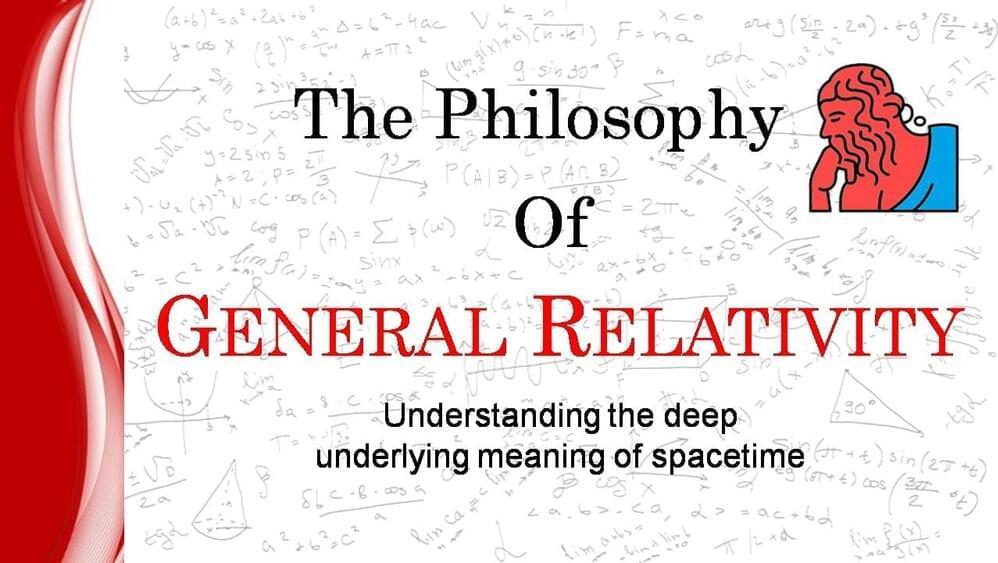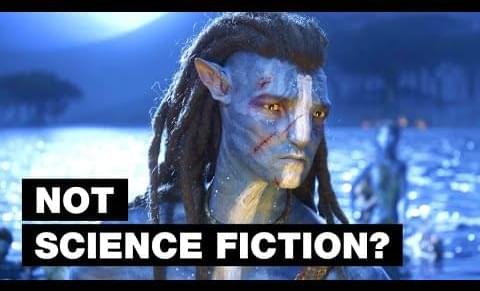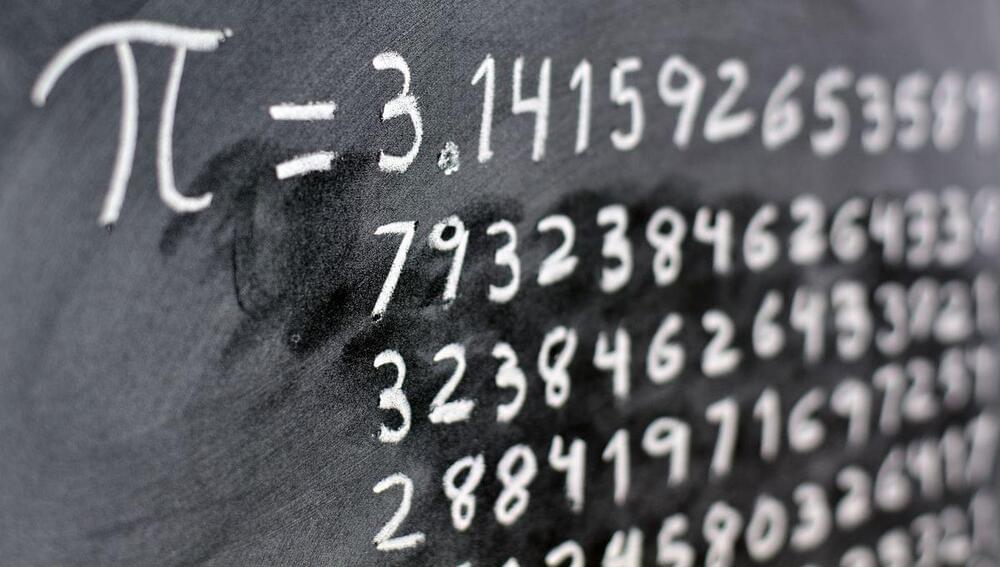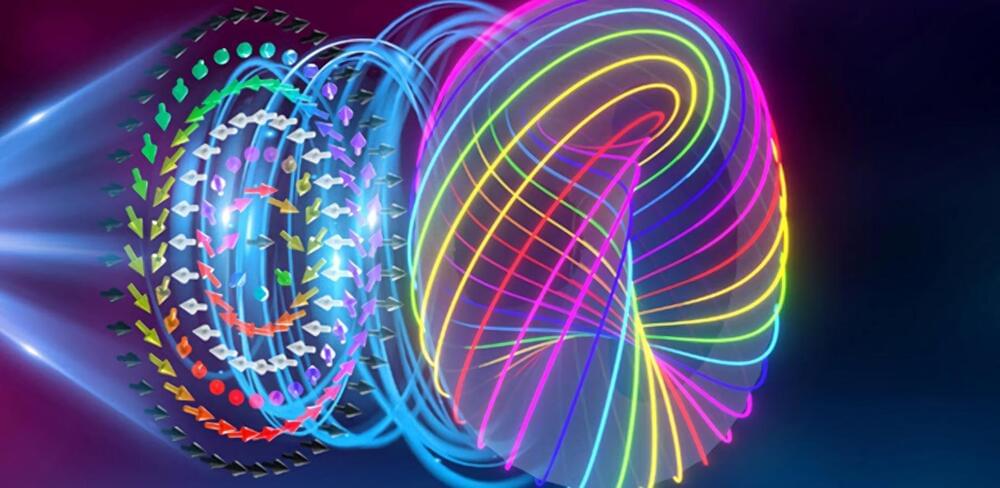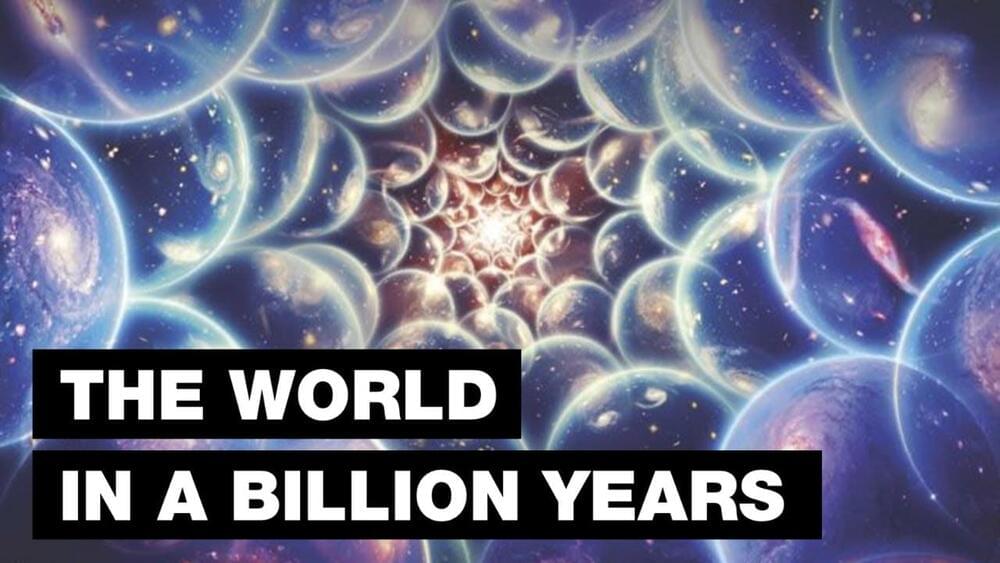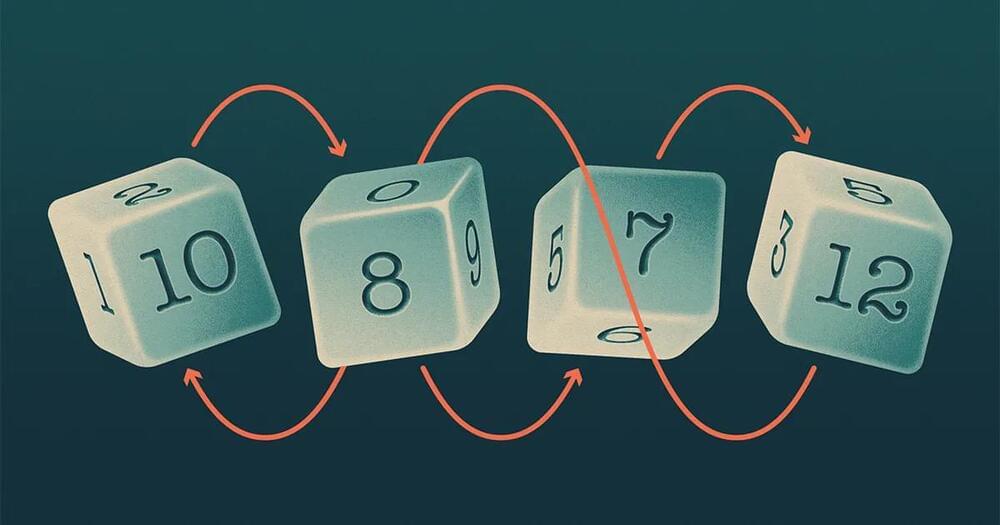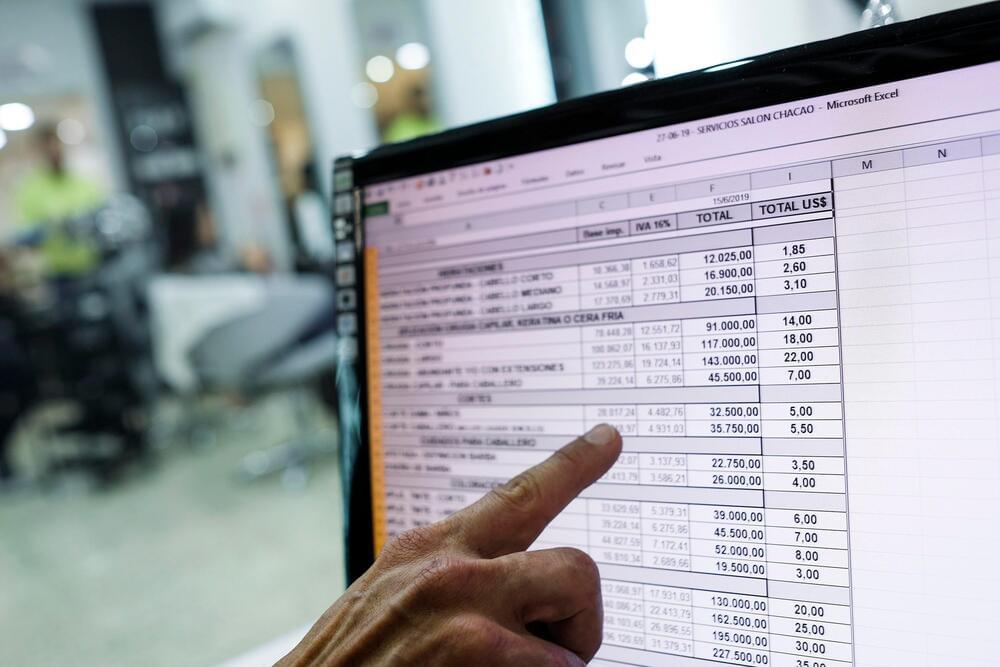Jan 25, 2023
YouTube unveils new program that enables students to earn college credits
Posted by Genevieve Klien in categories: education, mathematics
YouTube announced today that it’s partnering with Arizona State University and educational video company Crash Course to launch a new program that enables students to earn college credit. The Google-owned company says the new program, called College Foundations, is designed to create an affordable and accessible way to earn college credit.
Starting today, students can sign up for four courses that start on March 7, 2023, and are eligible for transfer credit. The program does not require applications or a minimum GPA for enrollment. It includes common first-year college courses, including Intro to Human Communication, Rhetoric and Composition, Real World College Math and US History to 1865.
The program is expected to expand to 12 available courses by January 2025 to give students a chance to receive credit for an entire first year of college. There is a $25 fee if a student elects to sign up and begin coursework, and a $400 fee to receive college credit for each course. Those who sign up before March 7 will receive a $50 discount. Courses can be taken as often as needed until the student is content with their grade. The credit can then be used at institutions that accept credits from Arizona State University.

